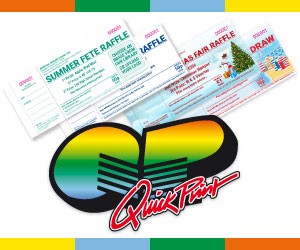Sending a press release to a newspaper or other news platform is a great way to raise the profile of your organisation and make your events as successful as possible.
A press release is essentially information sent by an organisation to a journalist, in the hope it will be published. The most effective press releases are written exactly like news stories, so reading your chosen publication and following its style is a good way to start.
When writing your press release, lead with the most interesting or newest aspect of your story. This might be that a popular event is returning, a record amount of money has been raised, or a new chair has been appointed. In the next couple of paragraphs, provide details: names, numbers, dates, times, locations, ticket information and so on. Add any relevant background information towards the end. It’s a good idea to include a quote from someone connected to the event, such as the organiser or PTA chair. Use it to add colour to the story: describe excitement about the event or give some of its history. Check you’ve answered the key questions: who, what, where, when, why? Ask someone else to read it too, as they’re more likely to spot any omissions.
Once the press release is ready, it’s time to send it to your target publications. Newspaper websites often list their journalists’ contact details. Choose someone who has a relevant specialism, such as education or events, or who covers your geographical area. If you can’t find the right email address on the website, call up and ask to speak to editorial. They’ll let you know the best place to send it. If you’re targeting more than one publication, send your press release to them all at the same time, with individual, personalised emails. Journalists will often ignore a story that is sent to them after it has been published elsewhere.
Finally, include a contact number and make sure you’re available to respond promptly to any queries. Building a good relationship with a journalist and becoming a useful, responsive contact will also help you to get coverage in the future.
Send your press release
- Journalists prefer to receive press releases by email.
- Use an eye-catching title as your email subject, ensuring it’s clear why the story is relevant to the journalist’s patch or specialism.
- Keep your introduction brief and sign off with your name and contact details.
- Paste your press release in the body of the email below your signature and don’t use multiple font sizes, lots of bold or colours.
- Don’t send it as a Word document or PDF – a journalist wants to be able to read it quickly, then copy and
paste the information into their story. - Attach at least one photo – most publications prefer jpegs of around 1mb, but you could check this by calling editorial. The photo should illustrate the story and show people’s faces clearly. Make sure you have the necessary permissions, and provide the full names and any relevant titles of anyone pictured.
Victoria Helmore is deputy editor at local news site, the Stray Ferret







